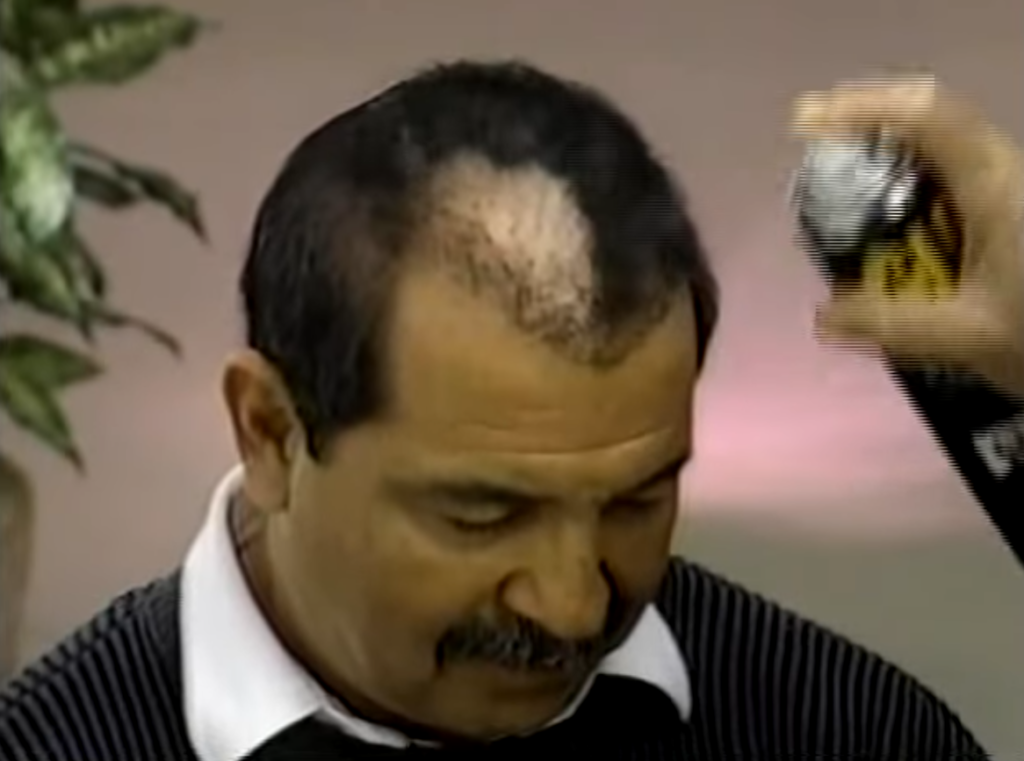I talked to a potential client a couple of days ago.
He’s selling a prostate supplement. It’s going well. And he now wants to create other products he could sell to the same audience.
So he wanted to know whether I could give him advice about which products to develop based on what I’ve seen working. I told him the truth:
I don’t know that I can predict which marketplace will sell the best. But I do know of a formula for almost guaranteeing that a product you create will be a blockbuster.
It’s a secret I learned from master copywriter Gary Bencivenga. In Gary’s own words, great products are “those with a clear-cut, built-in, unique superiority supported by powerful proof elements.”
Now, this might sound obvious. Or maybe too abstract. So let me give you a few real-world examples of what “powerful proof elements” really mean in practice:
# 1. RealDose Nutrition is an 8-figure weight-loss supplement company that I’ve written for. Their main product is called Weight Loss Formula No. 1. It’s a combination of four ingredients, each of which has been shown in clinical studies to improve a different hormone related to weight loss.
RealDose sources their ingredients in the same way as in the clinical study and they use the same dosage (hence RealDose). At core, their marketing simply consists of saying, “Our product works, and here’s the science to prove it.”
# 2. Another supplement company I’ve written for is Vitality Now. The face of that company is Dr. Sam Walters, who at one point formulated nutrition bars for NASA.
Unfortunately, Vitality Now isn’t in the business of selling nutrition bars. If they were, they could make a killing simply by saying, “The same nutrition bars used by NASA!”
# 3. I’m currently going through a magalog written by another famous copywriter, Parris Lampropoulos. This magalog is for a boner pill called Androx. One of the ingredients in Androx is cordyceps — a mushroom from Tibet that was used at the emperor’s court in China for its libido properties.
Thanks to this, Parris can open up the sales message by talking about how the Emperor had to have sex with nine different women every night, and how this was the supplement that made it possible.
With products like these, which have such powerful proof elements built in, the marketing writes itself. Or as Gary Bencivenga put it:
“It’s your mission to come up with a product so inherently superior that, as soon as it’s effectively explained, demonstrated, or sampled, your prospects have no conclusion to draw except “I want it!”
I hope that’s the kind of product you’ve got (or are looking to make). And if that’s the case, and you just want good ways to explain and demonstrate to your buyers WHY your product really is superior, then you might like my upcoming book:

